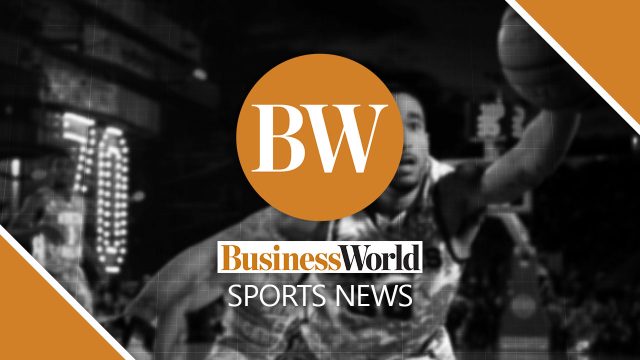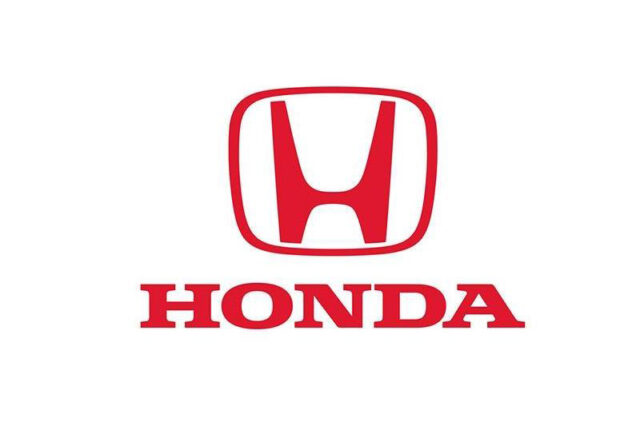BERLIN/WARSAW/MADRID — From Germany and France to Poland and Spain, the far-right made inroads into the youth vote in key states in this European Union (EU) election — as a generation that has grown up amid constant crises seeks new answers and follows politicians fluent in TikTok and YouTube.
Young voters, traditionally perceived to be more left-wing, drove the wave of support for environmental parties at the last EU election in 2019, earning the nickname “Generation Greta” after the young Swedish climate activist Greta Thunberg.
But following the pandemic, the Ukraine war and cost of living crisis, many shifted their support this year towards far-right populist parties that tapped into their concerns, fueling their overall rise in the June 6-9 EU parliament poll.
With the leaders of Europe’s often upstart ethno-nationalist, anti-establishment movements mastering new social media better than their mainstream counterparts, they are earning cachet as a subversive counterculture among some young people.
They appeal in particular to young men who feel left behind and censored by an increasingly “woke” mainstream, analysts say.
“Germany is not going in a good direction and they were the only party with a really clear message, on migration,” said Christoph, 17, a trade school student in Berlin who declined to give his full name, who voted for the far-right Alternative for Germany.
Support for the AfD, which wants to curb migration and warns against what it calls the Islamization of Germany, was up 11 percentage points to 16% among under-25 year olds, according to an exit poll by Infratest dimap — more than double the 5-point rise among the broader population.
The shift, which helped the AfD achieve a historic second place nationwide, was notable in that Germany’s decision to allow 16-18 year-olds to vote for the first time had been expected to favor left-leaning parties.
Though the far-right did not do well everywhere among young voters — and they are a relatively small category in a continent with an ageing population — the trend will still worry mainstream parties, who face a snap election later this month in France, and federal elections next year in Germany.
ECONOMIC CONCERNS UP, CLIMATE DOWN
A recent survey of Germany’s youth showed that young people were increasingly worried about inflation, expensive housing and social divisions, and less about climate change. The Greens won just 11% of the youth vote on Sunday, down 23 percentage points. “There is no longer a sense that if they just work hard then the future will be better, and they are disappointed by the parties in power,” said study lead author Simon Schnetzer, noting that economic gloom was making them more receptive to the AfD’s anti-migration rhetoric. Christoph said his experiences led him to believe Germany’s more recent immigrants were more prone to violence and unwilling to integrate.
In France, the far-right National Rally (RN) took a 25% share of the vote among 18-24 year olds, according to pollster Ipsos, up 10 percentage points compared with an around 8-point gain overall to 31.4%. To be sure, most of the youth in the EU’s two top powers still back leftist parties, and many worry about the latest trend.
“It worries me because I saw the far-right wants to deport people even if they have German citizenship like me,” said Ensar Adanur, 17, a German of Turkish origin. “But Germany is home for me.”
In Poland, however, support for the far-right Confederation among 18-29 years old voters increased from 18.5% to 30.1%, making them the leading choice for that demographic.
Mainstream parties “no longer have any credibility for me, the previous government and the current one show it clearly”, said Paweł Rurkowski, 30, an IT specialist who voted for the Confederation.
SLICK ON SOCIALS
Far-right parties’ relative proficiency in young voters’ preferred channels of communication — video apps such as Tiktok and YouTube and messaging app Telegram — is a big factor behind their increasing success with that generation, analysts said.
The recent German youth study showed that 57% of young people get their news and politics through social media. But German Chancellor Olaf Scholz, like many mainstream politicians, only joined Tiktok a few months ago.
“If you are not on young peoples’ channels, you simply do not exist,” said Mr. Schnetzer.
Meanwhile social media platforms algorithms favour controversial messages that generate engagement over serious content, said Ruediger Maas, founder of the Institute for Generational Research in Augsburg.
The AfD’s lead candidate for the EU elections, Maximilian Krah, went viral on TikTok, for example, with dating tips for young men: “Don’t watch porn, don’t vote for the Greens, go out into the fresh air … Real men are right-wing.”
He has some 53,300 followers on Tiktok, compared with just 11,000 and 2,652 respectively for the lead candidates for the center-left Social Democrats and the Greens.
“My generation doesn’t really know about politics but we hear about the AfD all the time,” said AfD voter Christoph.
In Spain, social media influencer Alvise Perez clinched 6.7% of the youth vote, compared with 4.6% of the overall vote, after conducting his anti-immigration and anti-corruption maverick campaign almost exclusively on Instagram and Telegram.
Far-right party Vox, meanwhile, which was strong on Tiktok, garnered 12.4% of the vote among those under 25, compared with 9.6% overall.
“It seems to be the only party that really opposes the government when it comes to taboo subjects such as immigration or gender discourse,” said Xavier, a 22-year-old university student who cast his vote for Vox. — Reuters












